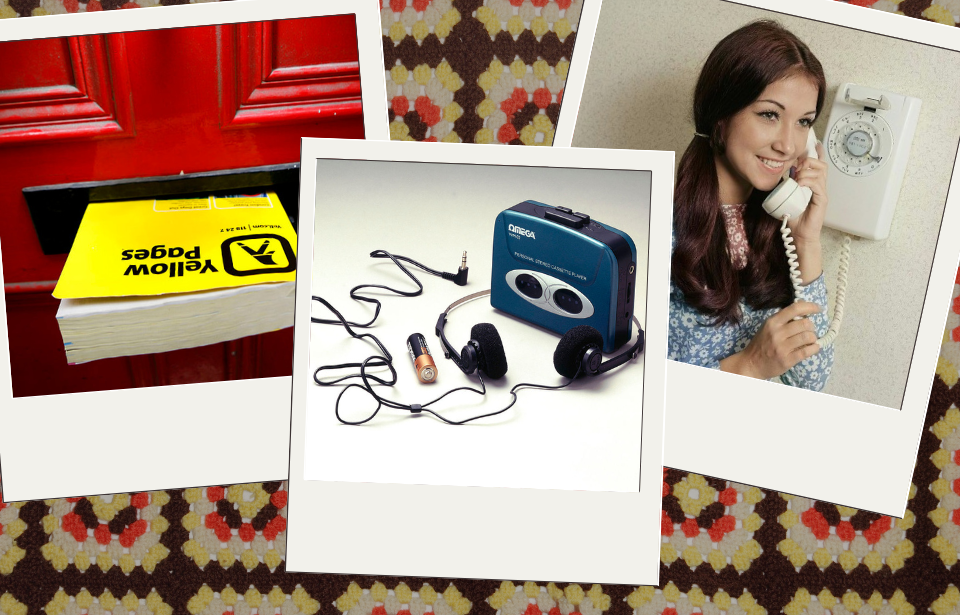Modern technology has given humanity countless new innovations that save lives, make us money, and help us be more efficient every day. But sometimes, we’re left longing for the “good ‘ole days.” We bet you’ll feel nostalgic for these ten common household items that are completely useless today!
1. Rotary phone
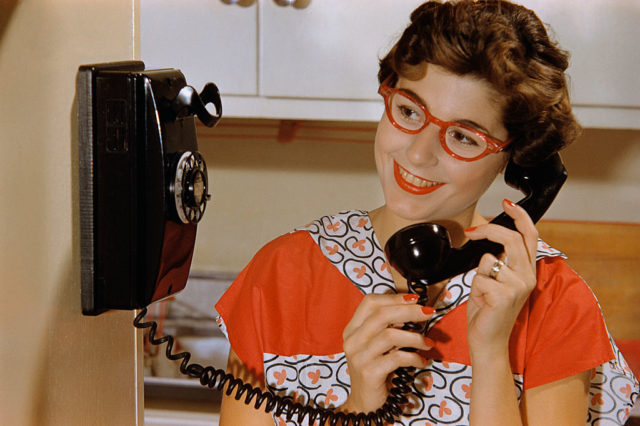
Before they could fit in your pocket, phones typically stayed on the wall. Thanks to the invention of the cell phone, we no longer have to sprint to the phone when it rings, or struggle to untangle ourselves from the receiver. The rotary dial was first used in 1892, and became popular with the widespread use of the telephone in homes throughout the mid-20th century.
Soon, rotary phones were replaced with push-button models made popular in the 1980s before they were replaced entirely with digital landlines and cell phones.
2. A monster of a TV
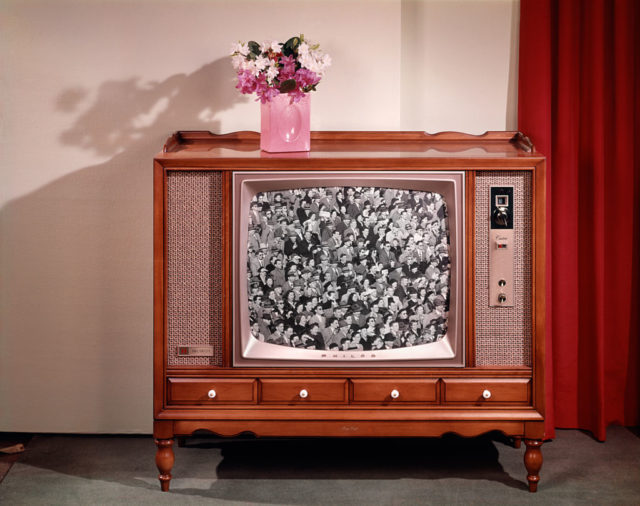
While today’s television screens are bigger than ever, they certainly weigh much less than they did back in the day. The modern 32-inch television weighs roughly 30 pounds, a shocking comparison to the TVs of the past.
The average 1950s television, for example, weighed roughly 100 pounds even though the screen was tiny.
3. Rolodex
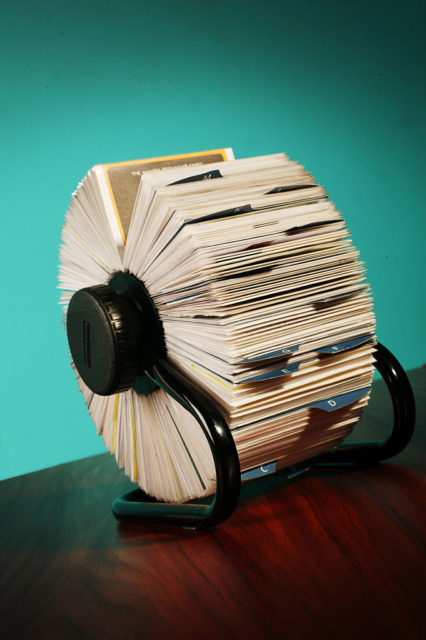
The Rolodex was a handy way to keep all your contacts in one place, though some homes may have gone with the simplified version: a list of names and numbers on a notepad. The Rolodex was invented in 1956 by Danish engineer Hildaur Neilsen and was marketed in 1958.
The “contacts” app in most cell phones today essentially does the same job as a Rolodex, keeping contact information in an easy-to-use and organized place.
4. Phone book
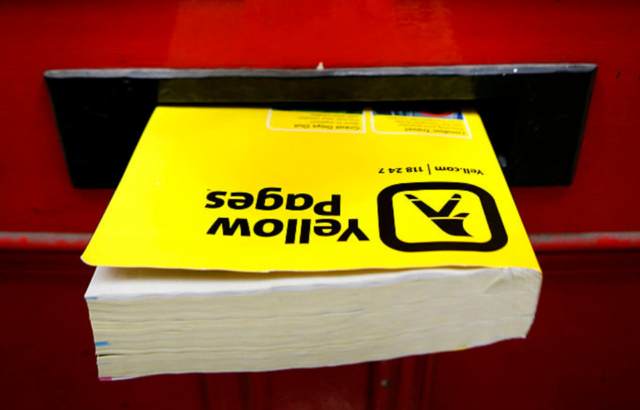
Nearly everyone over the age of 30 has fond memories of flipping through the Yellow Pages, or remembers the ceremonial task of replacing it with a new copy that was delivered to your doorstep each year. Thanks to web-based search engines like Google, phone books and telephone directories have been rendered useless.
The first-ever phone book came out two years after Alexander Graham Bell’s breakthrough invention, consisting of 50 names and no numbers.
5. Wood everything – especially walls

Wood accents, especially wood paneling, were all the rage in the 1960s and ’70s.
You likely had a living room or basement with the warm, orange-hued wooden walls that so many homeowners of today are now scrambling to cover up or paint over.
6. A camera that captured special memories
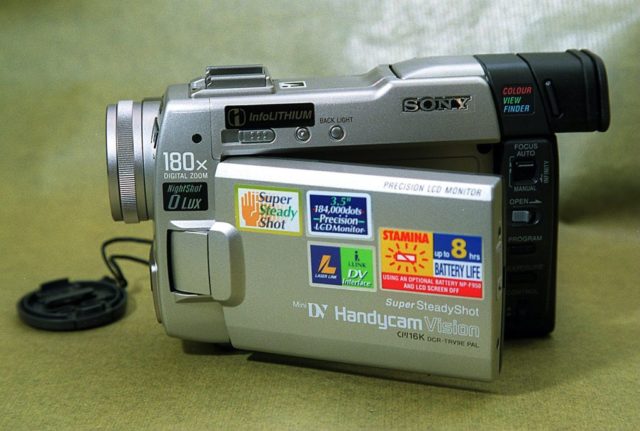
Many people spent past Christmases or other holidays being recorded by a camcorder or home camera like this one! The invention of the camera gave everyone the opportunity to make their own movies and videos without spending a fortune. It was an innovative new way to capture precious family memories.
Sony’s famous Betacam, the world’s first camcorder, hit shelves in 1983. Today’s cell phones can not only record video like the camcorder, but they also have infinitely more storage and better video quality.
7. Listening to tunes on a walkman
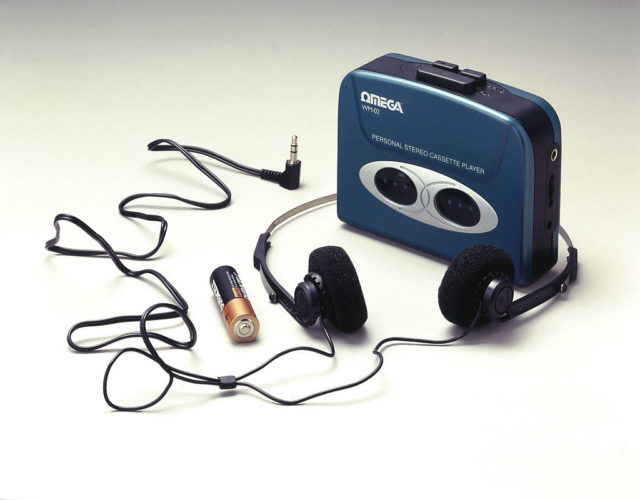
Similar to Kleenex or Frisbee, the brand name “Walkman” soon became synonymous with all portable tape players. The Walkman, originally manufactured by Sony in 1979, allowed anyone to listen to music on the go while keeping it contained to their ears by only using headphones.
Cassette tapes were a huge innovation when they were first introduced in 1963, trumping bulkier music storage devices like vinyl records. Eventually, CDs and music-streaming services became a more popular approach to portable music.
8. Dial-up
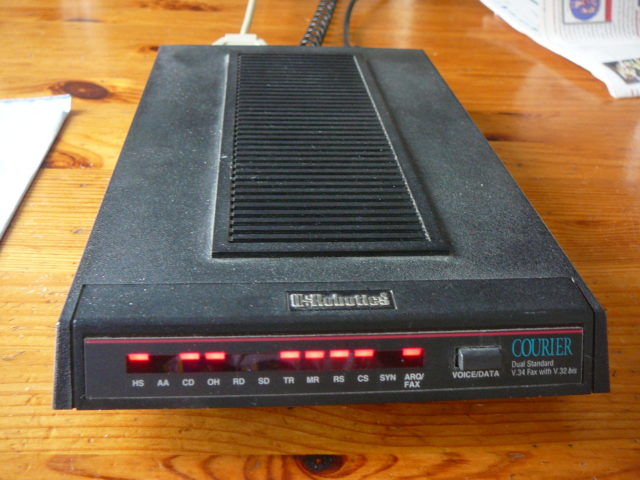
The Internet has come a long, long way since its early days. Most older generations probably remember the alien-like sounds of the dial-up modem connecting to the World Wide Web. First offered commercially in 1992, dial-up was popular throughout the 1990s but ultimately fizzled out in the 2000s with the invention of faster, more efficient tools.
Because no technology existed at the time to allow different carrier signals on a telephone line, dial-up internet relied on audio communication through special modems. The modem would take the digital data from the computer and transform it into an audio signal before sending it to a receiving modem. The receiving modem then transferred the signal back into digital data for the computer to process.
9. Metal jacks
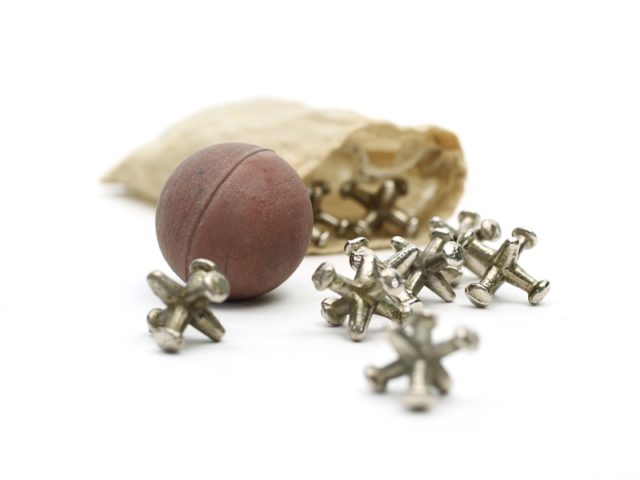
Most modern parents know the excruciating pain that just a single misplaced Lego piece can inflict, but this vintage game takes the cake! Jacks, also known as knucklebones, scatter jacks, and snobs, have been around since 5,000 BCE.
Originally played with animal bones, the modern version uses a set of ten metal or plastic jacks and a rubber ball – you just have to make sure you keep track of the ten metal pieces if you want to keep your feet intact.
10. ‘Misleading’ cookie tins
Do real sewing kit boxes exist or is it universal that they belong in a Danish Biscuit tin? pic.twitter.com/DmWY1gdTTd
— Dr Dilisha (@DilishaBP) September 22, 2017
There’s nothing quite as nostalgic as snacking on some cookies at Grandma’s house, but what’s even more nostalgic is the disappointment you’d feel opening the cookie tin to find sewing supplies!
More from us: Millennials Don’t Understand These Boomer Design Trends
The popular Royal Dansk Danish butter cookie containers have long been marketed as a well-made product, which led to many mothers and grandmothers hoarding the tins to store other valuable supplies like money, small trinkets, and a handy sewing kit.
